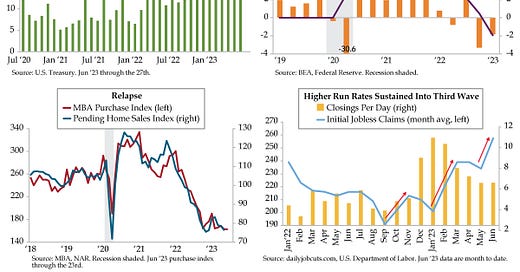The Daily Feather — Epoxy Excitement Erosion
Plant Protective Services had a thing or two to say about resin production. According to the U.S. Forest Service, “Resins are produced in special resin cells in plants and are also produced when an injury occurs to the plant.” Dating back to Ancient Greece, resin extracted from plants has been used to preserve wood and as a raw material for art supplies and fragrances. What we envision when we hear resin are chemicals. For that, we have Paul Schlack to thank. In 1934, the German scientist patented epoxy resin after discovering that a chemical reaction could produce the versatile substance. Swiss chemist Pierre Castan took the science one step further, pioneering synthetic resins that were used to make dental prosthetics. What followed were adaptations that fed the development of varnishes and adhesives. In the 1940s and 1950s, resin’s utility spread beyond the factory floor and local hardware store shelves to art. Those of right minds began mixing epoxy resin with pigment to make a unique paint that could be poured onto a canvas in layers. Jewelers and mixed media artists adapted resin to preserve nature (think leaves), decoupage, and tabletop art.
Just this year, industrial packaging insiders have seen four resin price cuts. Some operators can’t hold on.




